Diabel
Minister of Fire
My AT100 arrived some time ago. Only today I opened the package. Did you guys receive programing instructions with the unit? Or is it trail and error method?
Thanks
Thanks
Sorry for the double post, not sure what happened there....My AT100 arrived some time ago. Only today I opened the package. Did you guys receive programing instructions with the unit? Or is it trail and error method?
Thanks
http://www.auberins.com/index.php?main_page=product_info&cPath=17&products_id=279My AT100 arrived some time ago. Only today I opened the package. Did you guys receive programing instructions with the unit? Or is it trail and error method?
Thanks
Graciashttp://www.auberins.com/index.php?main_page=product_info&cPath=17&products_id=279
there are 3 links with instructions in above link
Sooooo. Got home from work today at 5. Decided to light a small load so I can reload at 9 before its lights out. Seems ok right. Well I stepped away to take care of things only to come back to the cat climbing up past 1500 degrees with all the flames in the box shooting up the hood. Looking for any ideas and or explanations as well as suggestions. Thanks guys. Stay warm. It was a whole 17 degrees here today.
My primary was around 1/2. I have a very short stack and my epa holes plugged.On few occasions recently I have watched mine climb to 1700*F and then slowly go down. On these occasions the firebox was completely black and air 100% closed.
Was your primary air fully open?
If I have cat engaged and keep primary open above 1100 she surely does slowly climb to 1700.
if I turn primary down to half at 900 - 1000 it will peak around 1400 and slowly come down
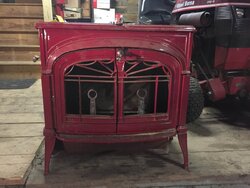
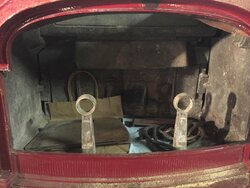
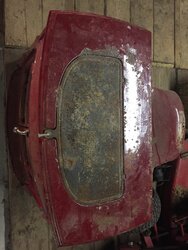
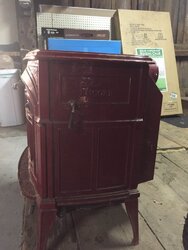
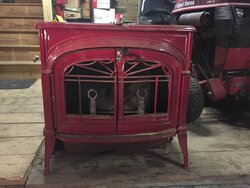
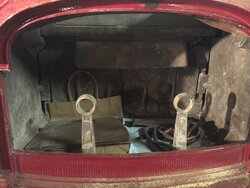
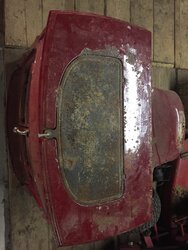
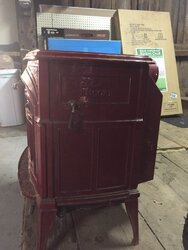
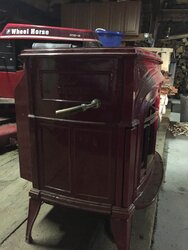
I feel if I close my primary all the way the stove will back puff at some point in the burn cycle. It will do that a few times than "balance" itself out. I'm wondering if I should unplug the epa holes? I know I need to add some height to my chimney but I don't really want to add six feet of brand new chimney to a 20+ year old existing chimney. I have plans to redo my entire setup but the funds were not there this year.
Unplugged them this morning. I do believe this helped some. Not sure if this is a direct correlation but the secondaries seemed a little more prevalent today. Next step is to redo the griddle gasket, door gaskets, and ash pan gasket. I'm hoping I can just adjust the damper a little to get through the rest of the season. I have been experiencing some smoke out of the chimney even with the cat cruising at 1300-1400 and GT at 500-600Unplugging the holes is certainly worth a try. The backpuff happens when you close it down to far to fast; with those holes closed you are really starving the fire for air when the primary is shut, give a short stack and moderate draft.

